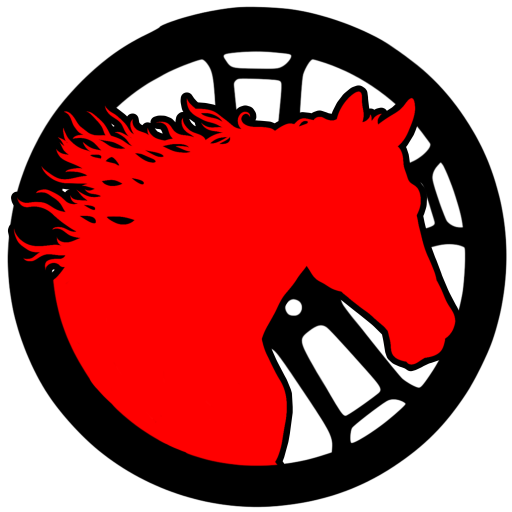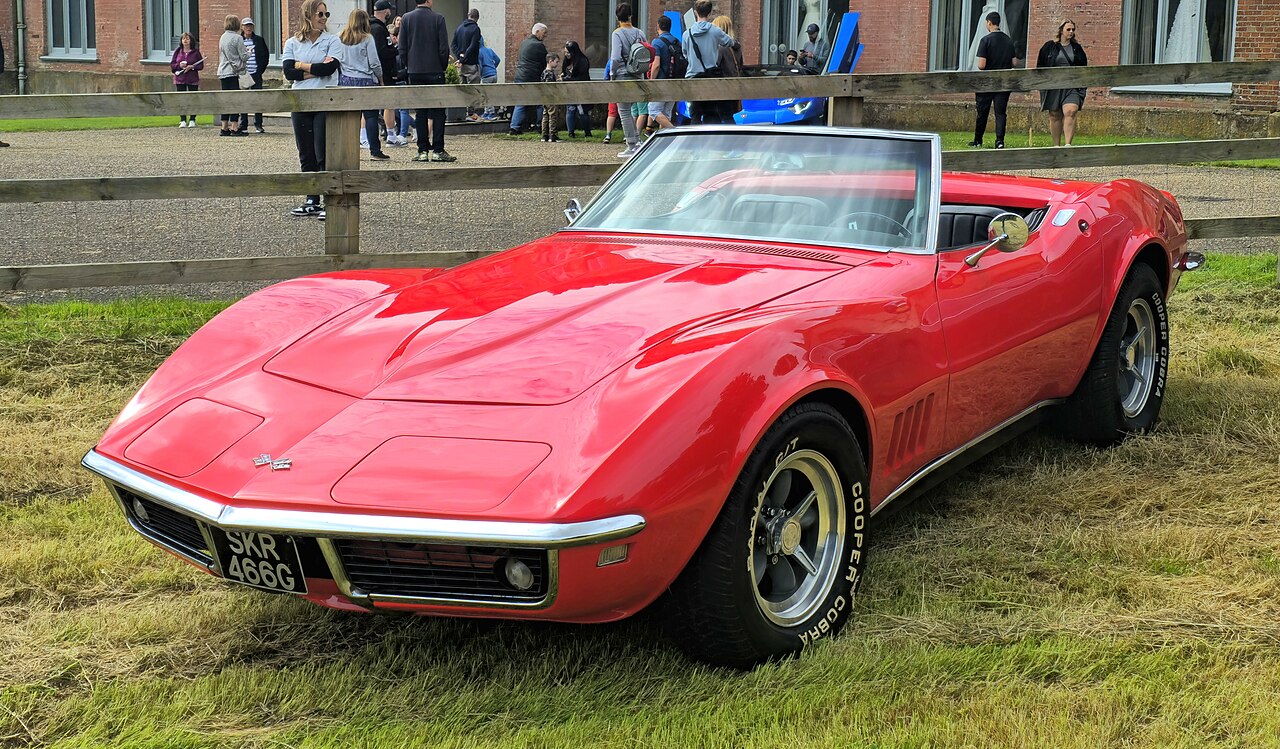The Corvette, America’s sports car icon, has been capturing the hearts of car enthusiasts around the globe for eight generations. Since its debut in 1953, the Corvette has been at the forefront of American automotive engineering, combining speed, style, and affordability.
Though widely known and appreciated, there are some interesting facts about the Corvette that often go unnoticed. This blog post is dedicated to uncovering those fascinating details you might have overlooked, giving you a fresh perspective on this classic American muscle car.
The Corvette was Almost Named “Corvair”

The name “Corvette” is now synonymous with speed and American muscle, but the iconic car was almost named something completely different. The term Corvette comes from a type of fast, small warship, but the original name considered for the car was “Corvair”.
In the early 1950s, Chevrolet was deciding between the names “Corvette” and “Corvair”. Eventually, they decided on Corvette, but the name Corvair didn’t disappear. Instead, it was used for a compact car model that Chevrolet introduced in 1959. The Corvair was a revolutionary car in its own right, but it never achieved the legendary status of the Corvette.
The First Corvette was Almost Entirely Hand-Built

The first Corvette rolled off the assembly line on June 30, 1953, at the GM plant in Flint, Michigan. While today’s Corvettes are built using state-of-the-art machinery and technology, the first Corvette was almost entirely hand-built.
This was a time when the automotive industry was still in its infancy, and the process of building a car was labor-intensive and time-consuming. The first Corvette took more than a day to assemble by hand, including the body, engine, and interior. This handcrafted quality is part of what makes these early models so special and coveted by collectors today.
The Corvette Introduced the First Mass-Produced Fiberglass Body

The Corvette was a pioneer in more ways than one. Not only was it one of the first sports cars to be mass-produced in the US, but it was also the first mass-produced car to feature a fiberglass body.
Initially, the decision to use fiberglass was made out of necessity. There was a steel shortage in the early 1950s due to the Korean War, so Chevrolet decided to use fiberglass instead. The decision turned out to be a blessing in disguise. The fiberglass body was lighter and more durable than steel, which helped improve the car’s performance.
The Corvette is the Longest Running, Continuously Produced Passenger Car

The Corvette holds the title for being the longest-running, continuously produced passenger car in North America. Since its introduction in 1953, there has not been a single year without a new Corvette model.
This is a testament to the Corvette’s enduring popularity and the commitment of Chevrolet to keep improving and refining this iconic sports car. Over the years, there have been many changes to the Corvette’s design and technology, but its spirit and soul have remained the same.
The Corvette’s Logo was Changed Before its Release

The original logo of the Corvette featured an American flag, but it was changed just days before the car’s unveiling. The flag was replaced with the Chevrolet “bowtie” emblem and a fleur-de-lis, a symbol that was part of Louis Chevrolet’s family crest.
The change was made because using the American flag in a commercial product was against the law. The logo was redesigned in a hurry, but it turned out to be a hit, and the new logo has been used ever since.
The Corvette was Originally Designed as a Show Car

The Corvette was originally designed as a show car for the 1953 Motorama display at the New York Auto Show. It was meant to be a concept car, showcasing what Chevrolet was capable of.
However, the response to the car was so overwhelming that General Motors decided to put it into production. The Corvette went from being a show car to a production car in just six months, a record time in the automotive industry.
The Corvette was Almost Axed in the 1960s

Despite its popularity today, the Corvette was almost discontinued in the 1960s. Sales were declining, and Chevrolet was considering axing the model.
However, the introduction of the second-generation Corvette, known as the Sting Ray, turned things around. The Sting Ray was a huge success, and it secured the Corvette’s place in Chevrolet’s lineup for decades to come.
The Corvette has Starred in Numerous Films and TV Shows

The Corvette is not just a star on the road but also on the screen. It has appeared in numerous films and TV shows, including “Route 66”, “Corvette Summer”, and “The A-Team”.
These appearances have helped cement the Corvette’s status as a cultural icon. They have also introduced the car to new generations of fans, helping to ensure its enduring popularity.
The Corvette is a Regular at Le Mans

The Corvette is a regular contender at the 24 Hours of Le Mans, one of the most prestigious endurance races in the world. It has won its class several times, proving that it’s not just a pretty face but also a high-performance machine.
The Corvette’s success at Le Mans is a testament to its performance and reliability. It’s also a testament to the dedication and skill of the teams that race the car.
The Corvette Museum has a Sinkhole

The National Corvette Museum in Bowling Green, Kentucky, is home to a unique attraction: a sinkhole. In 2014, a massive sinkhole opened up underneath the museum, swallowing eight Corvettes.
Instead of filling in the sinkhole, the museum decided to turn it into an attraction. Today, visitors can see the sinkhole and the damaged Corvettes, which are displayed as they were found. It’s a strange and fascinating sight, much like the Corvette itself.

